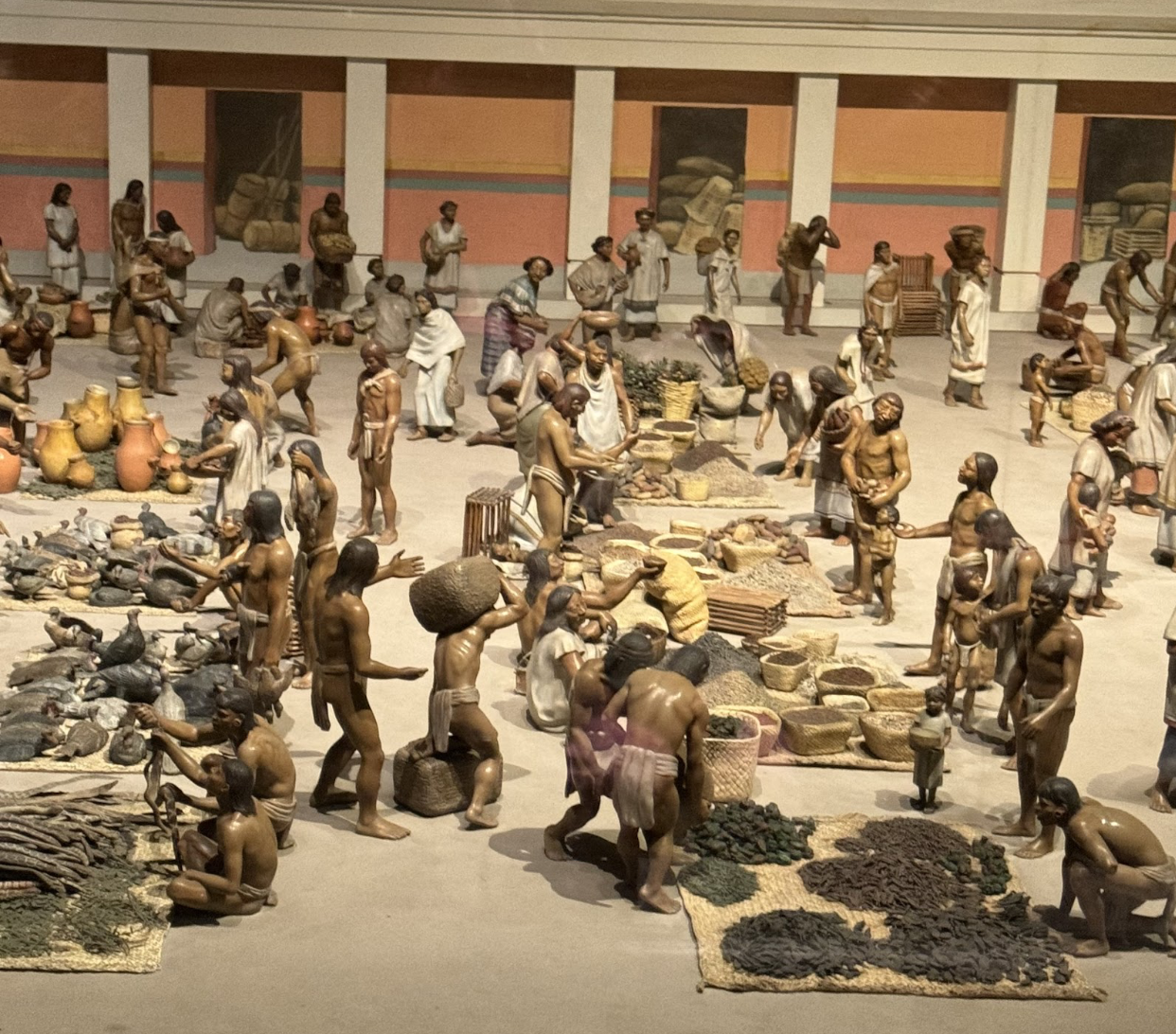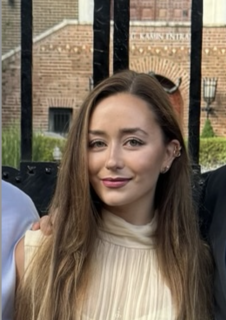[Op-Ed] Trueque: Purpose and Persistence
MORE IN THIS SECTION

Model of the Tlatelolco Market, photo taken by the author at the Museum of Anthropology in Mexico City.
In today’s Mexico, trueque, or barter markets, have evolved into vital community gatherings that connect modern-day Mexicans to their pre-Columbian heritage. Each month in Mexico City, residents gather at the Mercado de Trueque, where they exchange recyclables for local goods like produce and plants. This simple act of barter is far more than a financial transaction; it honors the legacy of sustainable, community-focused exchange central to ancient Mesoamerican life.
In the time of the Mexica, trueque was a cornerstone of a sophisticated economy that combined agriculture, hunting, and trade. Markets like Tlatelolco were vast centers where more than 30,000 people would gather daily to trade under the watchful eyes of pochteca governors, who maintained order and upheld market rules. Unlike today’s decentralized gatherings, these pre-Hispanic markets were structured institutions, with a hierarchy and regulations to manage disputes and ensure fair trade. In these tianguis, or open-air markets, goods were exchanged directly or with currency-like items such as cacao beans or copper, particularly among nobles.
RELATED CONTENT

Model of the Tlatelolco Market, photo taken by the author at the Museum of Anthropology in Mexico City.
While today’s trueque markets lack the formal oversight of Tlatelolco, they retain the spirit of those ancient gatherings: face-to-face exchange, resourcefulness, and community cohesion. This informality makes them unique, with no official hierarchy but an underlying sense of mutual trust and shared purpose. Trueque today allows individuals to acquire fresh goods without cash, supporting local economies while encouraging sustainable practices. This communal approach to trade contrasts with the highly centralized markets of ancient Mesopotamia, where royal or temple authorities strictly controlled trade routes and distribution.
Despite their differences, trueque’s purpose has remained remarkably consistent: in both eras, barter strengthens community ties, supports local economies, and fosters self-sufficiency. Just as the pochtecas once sustained the Mexica with goods from faraway lands, today’s trueque markets create a cycle of support for local producers, artisans, and families who rely on this sustainable system of exchange.
Trueque today is a celebration of Mexican history and environmental responsibility, a modern practice that embodies ancient values. In a world increasingly dependent on digital transactions, trueque offers a refreshing alternative: a reminder that mutual support, cultural pride, and sustainability can still thrive through the age-old act of direct exchange.
Trueque is not just alive in Mexico. It continues to thrive in several Latin American countries such as Argentina, Ecuador, and Venezuela, where it plays an essential role in maintaining community cohesion and local exchange systems. The persistence of trueque in these regions speaks to its resilience and importance—an adaptive response that not only ensures survival but also reinforces the social bonds that define these communities. Trueque is alive because it speaks to a wise and deeper need for cooperation and local self-sufficiency—values that have stood the test of time.






LEAVE A COMMENT:
Join the discussion! Leave a comment.